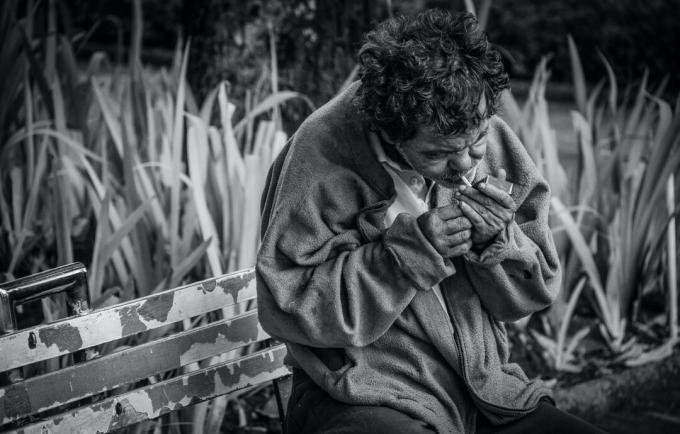The stigma on drugs and its weight in health care
Drug use is a phenomenon that is analyzed from various spheres: political, legal, social, historical, medical, educational, psychological, psychiatric, anthropological, etc.
Each of these fields of knowledge has tried to explain the causes and consequences of the use of various drugs, as well as to provide answers to the question of why they are expanding. In this sense, it is important to adopt a broad approach that includes social variables to understand one of the experiences most linked to addictions: stigma.
- Related article: "The 14 most important types of addictions"
Drug addiction as a social problem
While it is true that the history of drugs and their uses is as old as that of humanity, it is from the twentieth century when drug use is identified as a social problem, an identification that brings with it significant obstacles.
What is said about drugs and their users is wrapped up in a network of ideological discourses that has made the figure of the consumer associated with crime, social deviation and pure vice, which is read from a strictly moral point of view.
This view has influenced the way in which drug users are seen as problematic or not, are treated both in social and family spaces, but also in what regards to the political and to the public.
Until less than a decade ago, in Ecuador there was no public care network for problem users and for those suffering from addiction. Most of the supply of care services was given from the private sphere and only with a type of intervention that was standardized and universalized.
It was a question of forced internment in the so-called addiction clinics, governed, for the most part, by "rehabilitated" ex-consumers, without any professional experience or any serious endorsement to address this problem, and with minimal regulations from the State, offering services of apparent rehabilitation that had little or nothing to do with the psychological, medical-psychiatric, occupational, social, educational care that this problem required.
It is so during For decades, drug users and addicts were exposed to inhumane treatment and constant violations of their rights ranging from hospitalization against their will with captive practices to physical and psychological abuse as "reducative" measures to reverse the addiction.

- You may be interested in: "Can Self-Esteem Affect Addiction?"
The political dimension of the problem
Now, all of this could not have been done for so long without a policy that supports and tolerates these practices. Since the nineties, in Ecuador and, thanks to the so-called war on drugs (orchestrated in the 1970s by the United States of America, which came to Latin America in force in the 1980s and 1990s) built one of the most draconian drug laws in the region, the so-called Law 108, which placed drugs and their users in the realm of the criminal.
Added to this we find the influence of religious discourse, which places drug use in the order of sin, gave way to the construction of strong stigmas that guided prevention and treatment policies and, consequently, practices clinics.
- Related article: "Alcoholism: these are the effects of dependence on drink"
The stigma of addiction
Despite the fact that since 2008, the Constitution of the Republic considers addictions as a problem of public health, and that there are both residential and outpatient public treatment centers professionalized, social stigmas still prevail in certain health practices and, above all, in the social imaginary.
It is enough to listen to some colloquial speeches about drug users to understand how these stigmas operate. Thus, identities such as sinners, criminals, vicious, deviants fall on drug users, etc. The common thing in all these identities is that subjectivity is left aside, that is, the human being who uses drugs or has an addiction.
Regarding health care, these stigmas produce, on the one hand, that problematic users do not demand attention, since they themselves and their families do not consider that they should be treated or cared for from the professional sphere, and, on the other hand, that the health professionals themselves make their interventions relying on the stigma.
Then we find biased interventions, poorly indicated treatments, people who have been hospitalized without needing it, little interest in the construction of other devices such as risk and damage reduction devices; dogmatic and universal institutions and treatments, which indicate the same treatment for both those who consume marijuana once a month as for someone who has a chronic dependence on various drugs; little professional training in this field, and exclusion of some services such as, for example, hospitals, for the detoxification or in cases of relapse.
There is a long way to go and an immense debt to drug users, addicted people and their families as the restitution of their rights, the construction of appropriate policies and the establishment of sufficient treatment alternatives in accordance with the complexity of the problem and with principles ethical.
Author: Lorena Villacís, clinical psychologist and member of Con-Dicción, Outpatient Device for Problematic Consumption of Alcohol and other Drugs, of Superar Centro Integral de Psicología.
